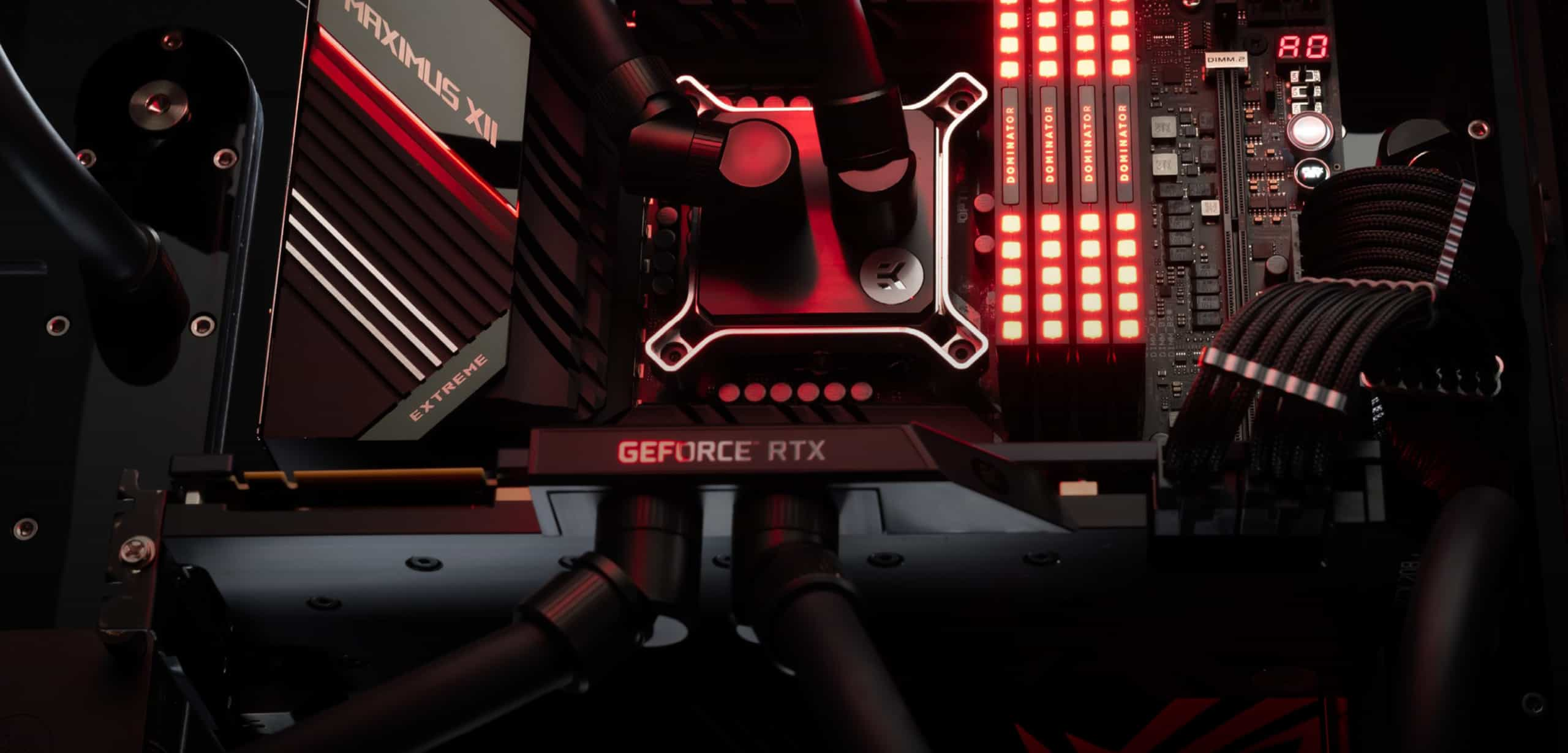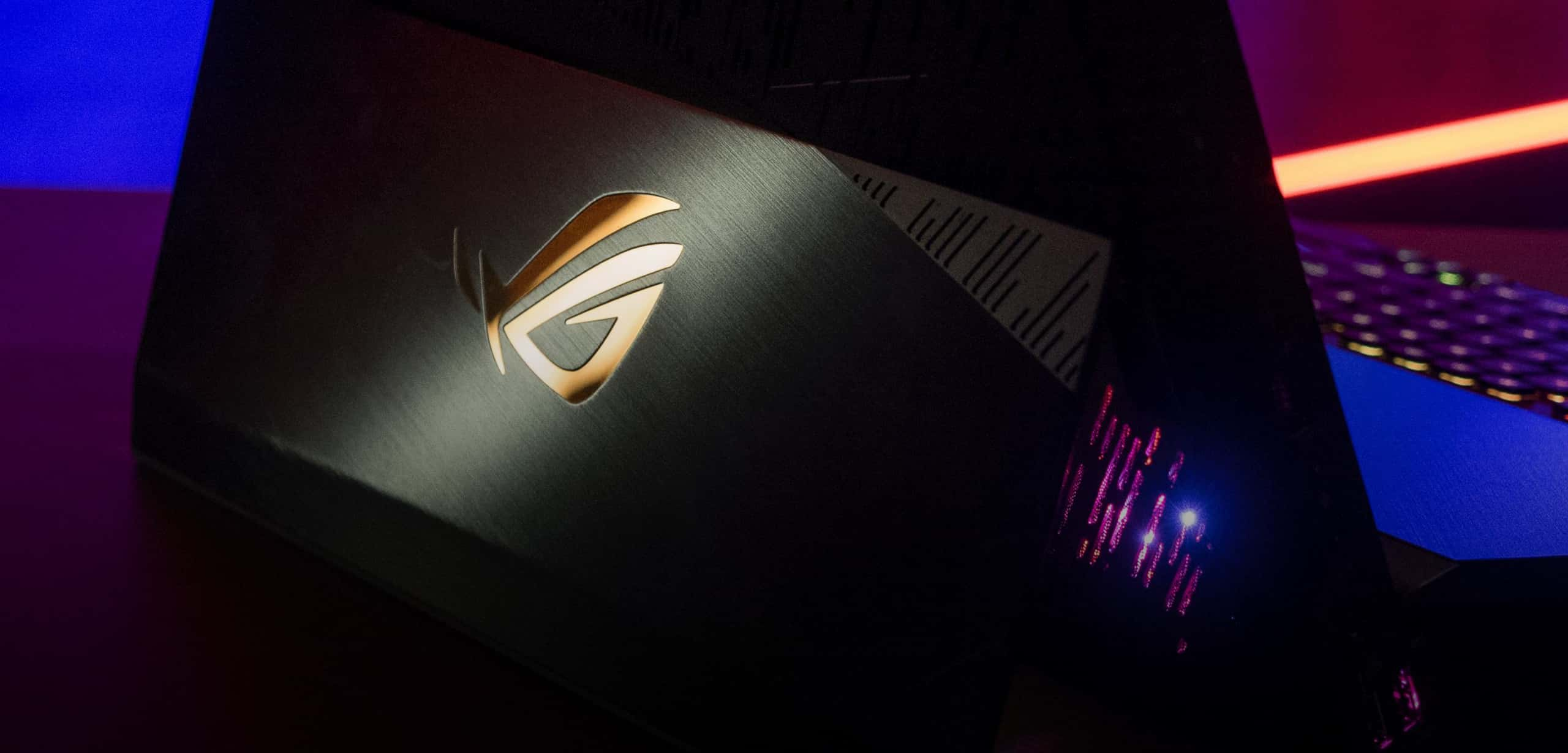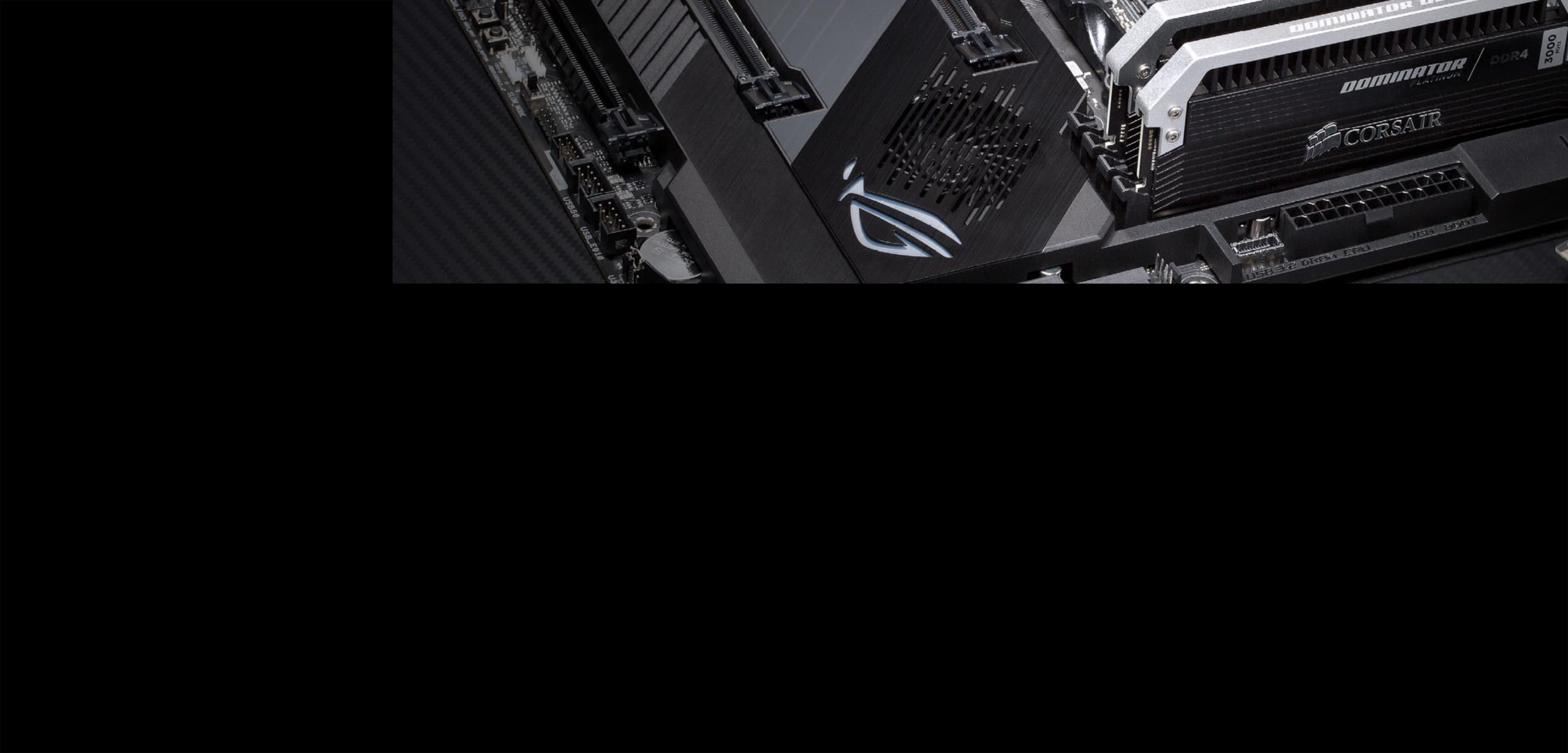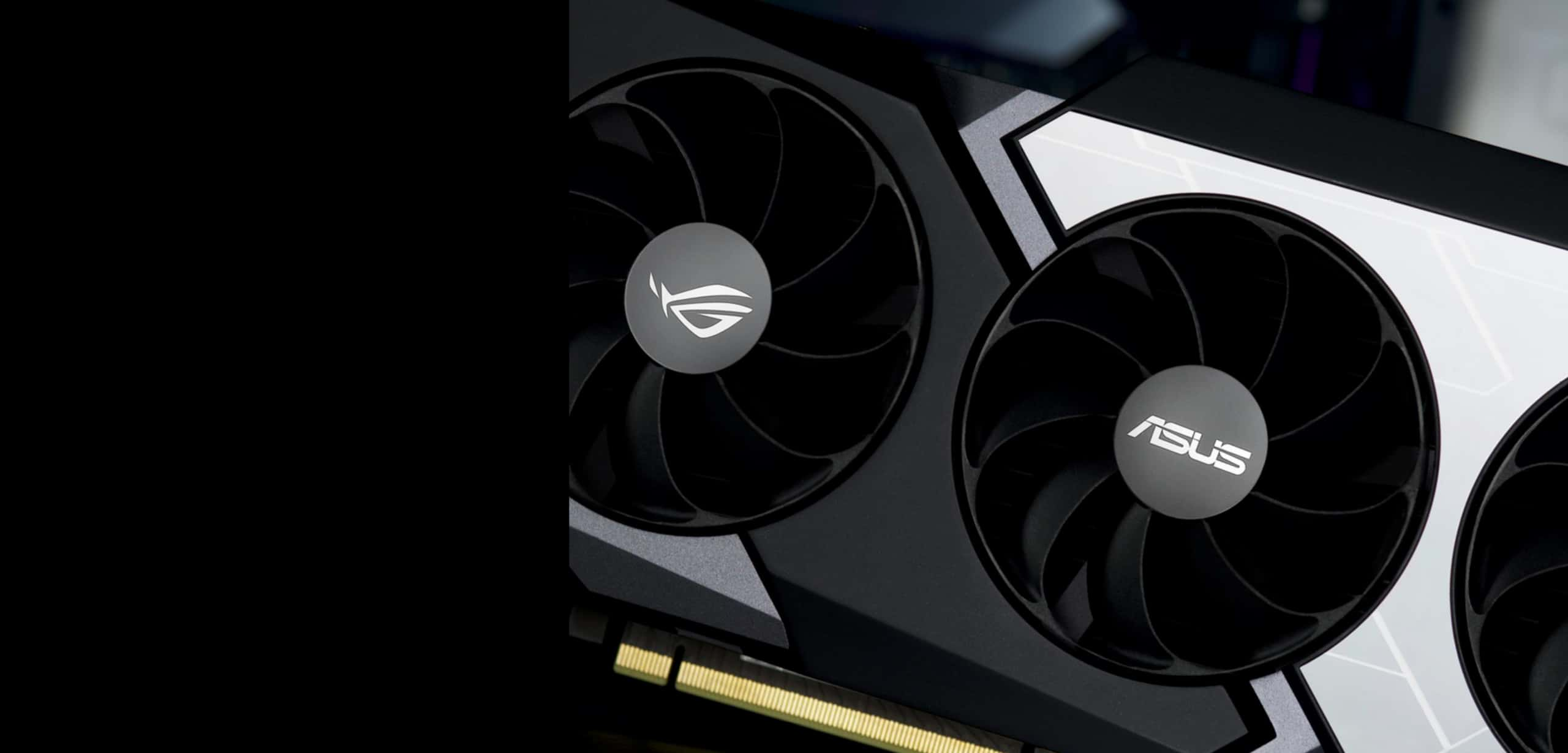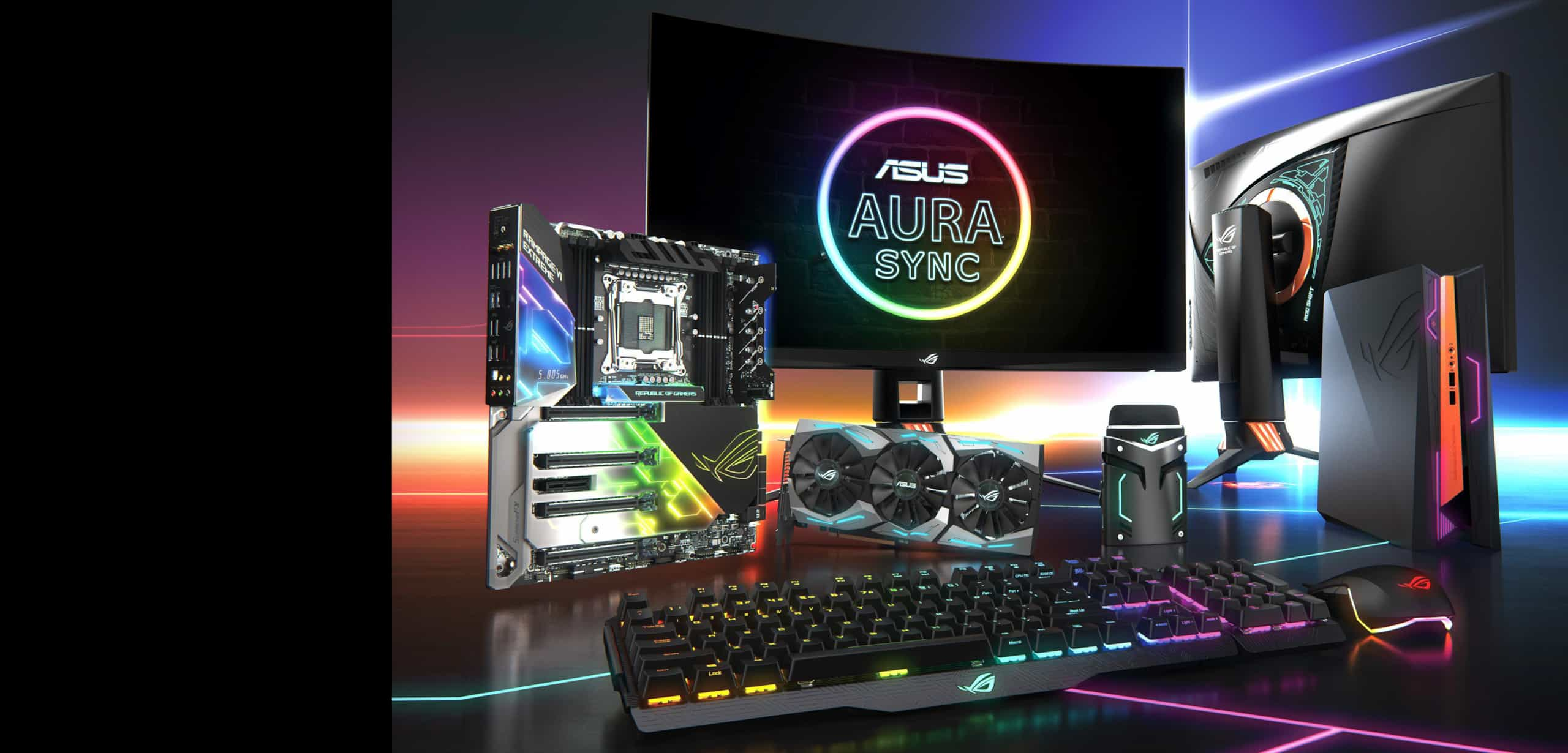THE BIRTH OF THE FIRST GAMING MOTHERBOARD
Back in 2006, the PC gaming market was rapidly evolving. A plethora of exciting 3D games swept the scene, attracting masses of new recruits to PC gaming while also pushing existing hardware to its limits.
Alongside the GPU, every component of the system affected the gaming experience: CPU performance, RAM clock speeds, and even subsystem bandwidth. To get around the bottlenecks, users started to dabble with overclocking—but motherboards of the day were sorely lacking in this arena.
To address the problems, ASUS Motherboard R&D Division head Jonson Lee and his team sought to create a dedicated motherboard for gaming, painstakingly blueprinted to tackle all of the attendant CPU and chipset overclocking issues. At the circuit board (PCB) level, the team utilized robust power components were, and optimized signal pathways to take electrical bottlenecks out of the equation. To keep thermals under tight control, all critical areas of the mainboard were cooled by a three-section copper heatsink connected by a winding heatpipe. Then, with the hardware foundation in place, Jonson and his team invited prominent tech enthusiasts, extreme overclockers, and gamers into the development process to craft a motherboard BIOS loaded with structured tuning options that were easier for everyone to use—beginner and expert alike.
Nearing the official unveil, Jonson Lee realized: “The purpose of this motherboard is to help gamers, to make sure they hit what’s in their crosshairs. That’s why this motherboard will be known as Crosshair, and maybe it will become the ideal tool for gamers looking to take their game to the next level.” After it was released, the Crosshair received rave reviews from gamers thanks to its outstanding performance and flexible options. The collaborative formula used to spearhead the Crosshair became the bedrock of all future ROG development, spawning a diverse range of motherboards, the creation of software utilities infused with Artificial Intelligence, and our eventual expansion into new product categories.





